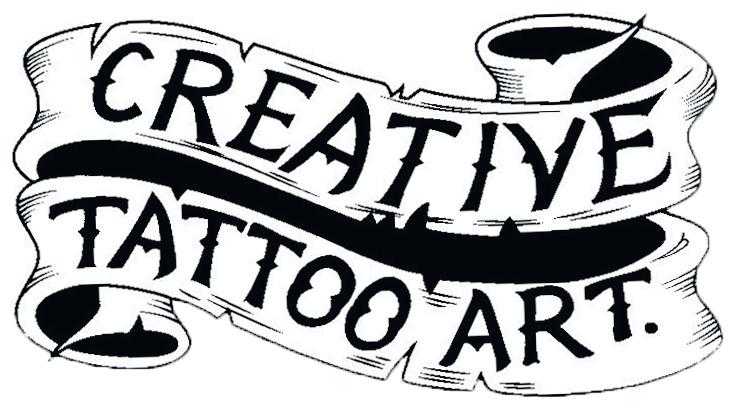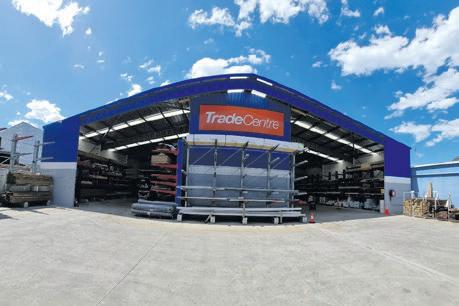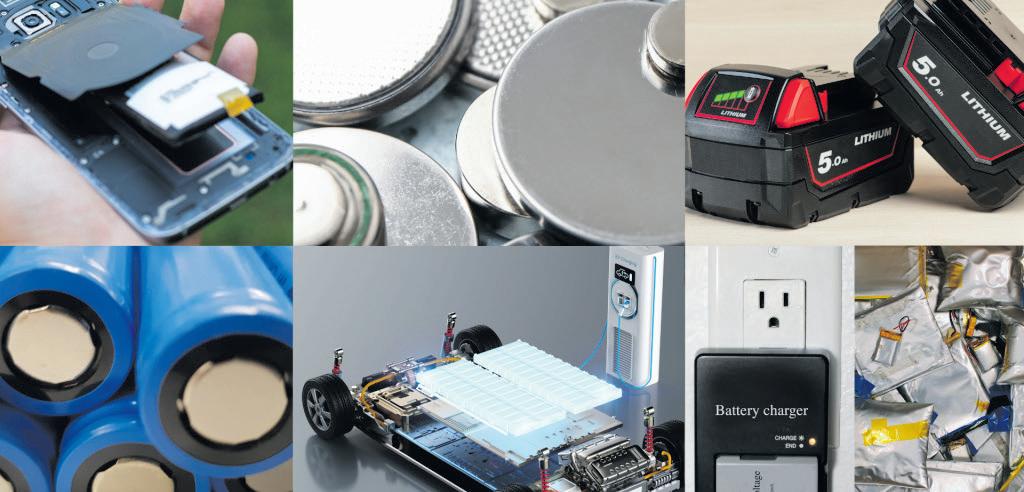
4 minute read
NSW Sugar Industry Recognised for Excellence and Australian Ownership
Contributed
The NSW sugarcane crushing season has been progressing relatively well so far with around 860,000 tonnes of cane crushed at the end of September.
Cane yields have been better than estimated with cane cutting about 10% higher, on average, thanks to exceptional growing conditions since the end of last year.
Cane quality has also been good with CCS
(sugar content) in the 12 to 13 percent range across all three mills.
The Condong Sugar Mill has crushed more than 270,00 tonnes of its forecast crop of 475,000 tonnes, the Broadwater Mill 284,000 tonnes of its forecast crop of 550,000 tonnes and the Harwood Mill 300,000 tonnes of its forecast 620,000 tonne crop.
For the third time this season operations have been interrupted by weather events in the form of heavy rain and wind.
Despite that, the industry continues to exercise its best endeavours to harvest and process the crop and with the season tracking well for both the mills and growers, the industry has been celebrating on a number of fronts.
The 150th Year celebrations at the Harwood Sugar mill included 10 days of historical displays and culminated in a community event attended by more than
8,000 people.
Soon after, the Sunshine Sugar business was named a fnalist in the Northern Rivers Business Award for Excellence in Large Business. This recognition was a great acknowledgement for a local industry that employs some 400 direct and 1,200 indirect local people and contributes over $250m into the local economy.
These local and Australian credentials have also been amplifed through the coalition of Australian owned businesses that have come together to raise awareness of Australian owned grocery brands for consumers who are proactively looking to directly support Australian producers.

A survey of more than 1,000 people commissioned by dairy cooperative Norco found more than half of consumers were guided by the Australian Made logo, with 81% buying a product that they believe is Australian-owned but it’s actually foreignowned.
Norco, Sanitarium, SPC, Mayvers, along with Sunshine Sugar have banded together to raise awareness of Australian ownership, citing that “Australianmade is good, but Australian-made and owned is great. And that’s the conversation we want to start.


The Lismore Community Recycling Centre is participating in a new NSW Government trial designed to help households safely dispose of embedded batteries commonly found in wireless products such as light-up toys, single-use vapes, and other electronics. The initiative, led by the NSW Environment Protection Authority (EPA) in collaboration with Lismore City Council, aims to reduce the number of these problematic products ending up in landflls and mitigate fre hazards caused by battery disposal in household bins.
As part of the trial, the Lismore Community Recycling Centre on Wyrallah Road is now accepting embedded battery products from households and small businesses free of charge. This new service will help the community safely dispose of products with built-in batteries that cannot be easily removed, such as:
• Single-use vapes
• Electric toothbrushes
• E-bikes
• Smart watches
• Portable speakers
• Vacuums
Embedded batteries, often made of lithiumion, pose unique challenges for waste management due to their diffculty to recycle and their potential to cause fres. In 2023, the number of lithium-ion battery-related fres in NSW surged to 285, more than double the previous year. Dedicated Bins Now Available Lismore is one of 21 community recycling centres across NSW taking part in this EPA-led trial, which
Warm Summer Predicted as Bushfre Season Offcially Begins
October 1st marks the offcial start of the 2024-25 bushfre season in NSW, with high fuel loads across the state posing signifcant challenges for fre agencies. The NSW Rural Fire Service (RFS) has been preparing for a potentially warm summer, having already responded to over 1,600 bush and grass fres since July 1. Minister for Emergency Services Jihad Dib and RFS Commissioner Rob Rogers conducted an aerial inspection of Sydney’s most at-risk suburbs, departing from Arcadia Rural Fire Brigade station. They observed recent hazard reduction efforts in the Hornsby area, part of an ongoing effort to reduce fuel loads in preparation for the hotter months. The NSW Government has funded an additional 100 hazard reduction crew members to support this essential work.
RFS frefghters are well-prepared for fre and emergency incidents, but residents are also urged to prepare by taking the following steps to reduce their fre risk:
1. Trim overhanging trees and shrubs.
2. Mow grass, remove cuttings, and create a cleared area around your home.
3. Remove fammable materials such as door mats, wood piles, mulch, and fammable liquids.
4. Clear debris and leaves from gutters.
5. Prepare a hose or hoses that can reach around your home.
The bushfre season offcially runs from 1 October 2024 to 31 March 2025, although some areas are already in the Bush Fire Danger Period (BFDP). Residents are encouraged to develop a Bush Fire Survival Plan and access the RFS website, Hazards Near Me app, or local radio for fre updates.
The RFS Bush Fire Information Line is also available at 1800 679 737.
Minister Jihad Dib emphasized the importance of preparation, stating: “With high temperatures forecast this summer, we cannot be complacent. Everyone needs to take the time now to understand their risk and make a Bush Fire Survival Plan.”
RFS Commissioner Rob Rogers added: “Consecutive wet years have led to increased vegetation growth, particularly in grasslands. Grass fres spread rapidly, threatening homes and livestock. Our frefghters are working hard, but preparation is a shared responsibility.”
Fire and Rescue NSW
Acting Commissioner Paul McGuiggan also reminded travellers to check fre risks before leaving for trips, particularly during the holiday period, while Naomi Stephens, Executive Director of Park Operations Coastal at NSW National Parks and Wildlife Service, highlighted efforts to prepare by slashing and mowing high-risk areas and maintaining fre trails for frefghters. As bushfre season begins, the collaboration between the community, government, and fre services is crucial to mitigating risks and protecting lives and property across NSW.










